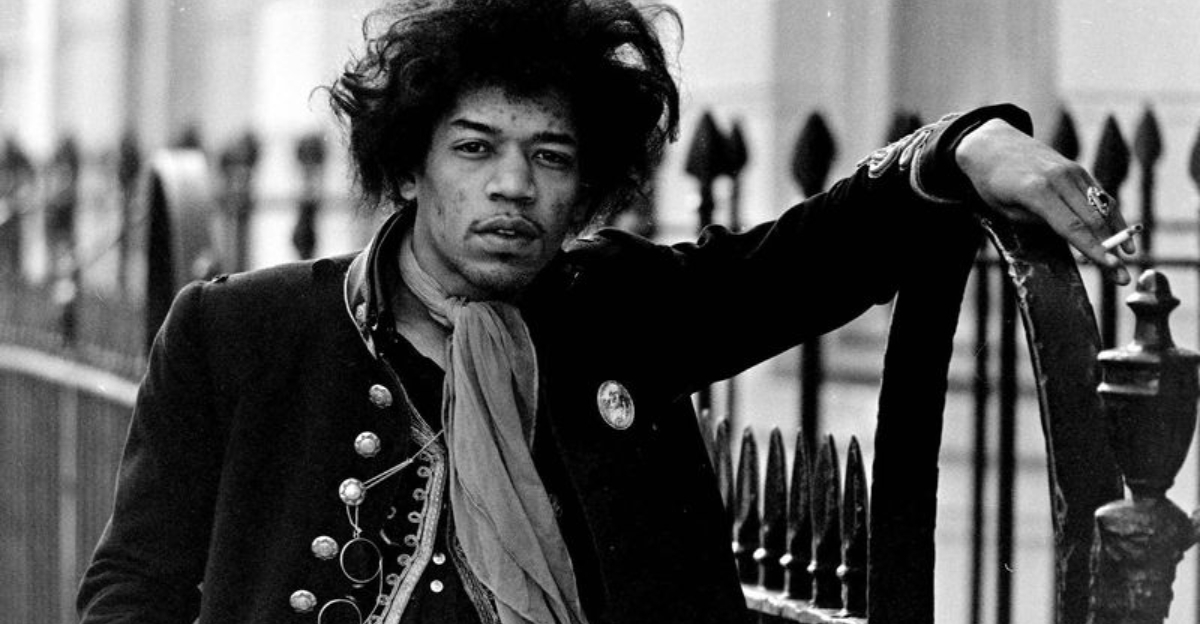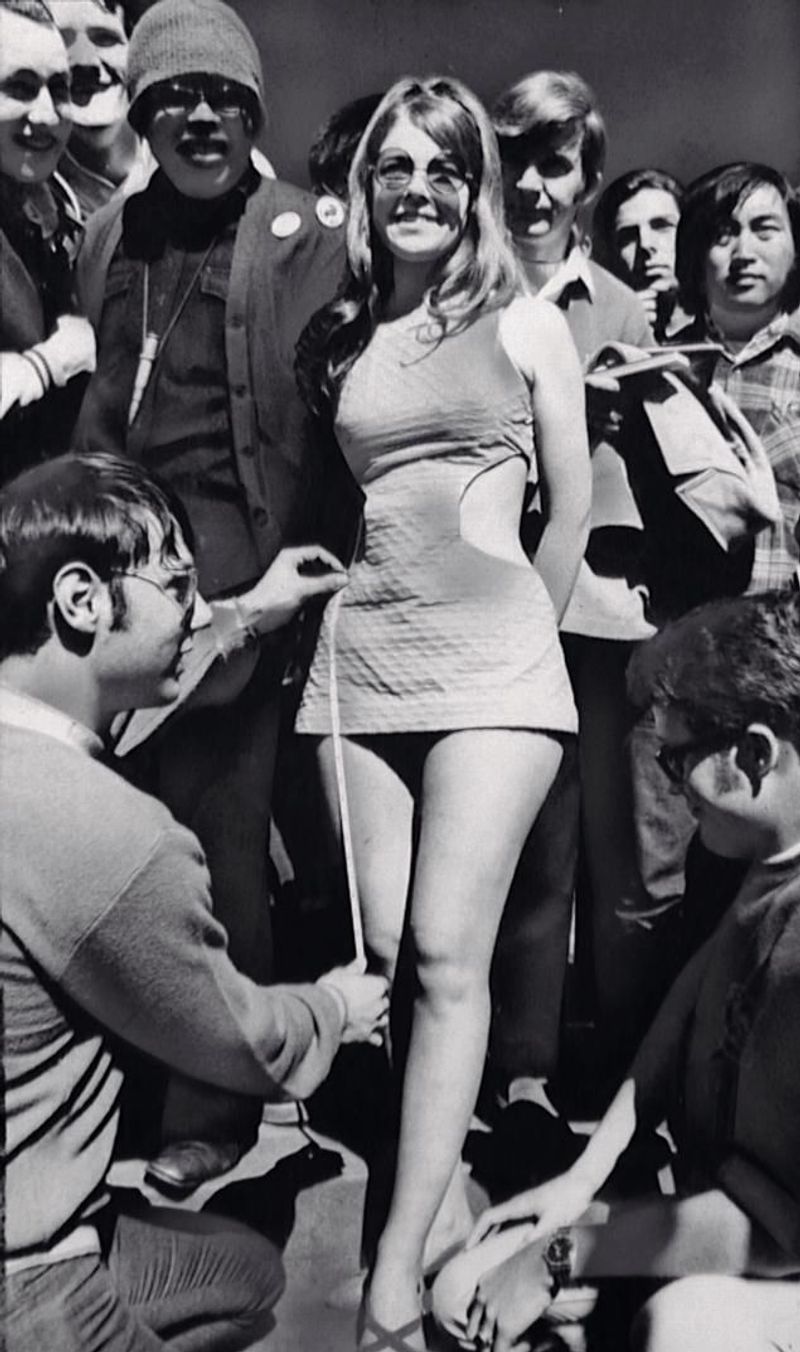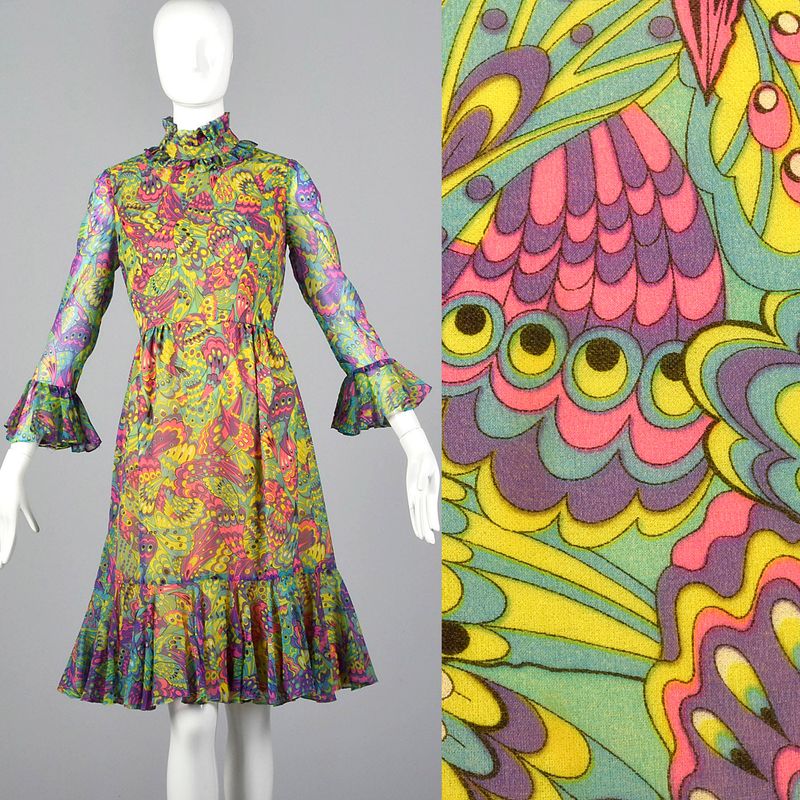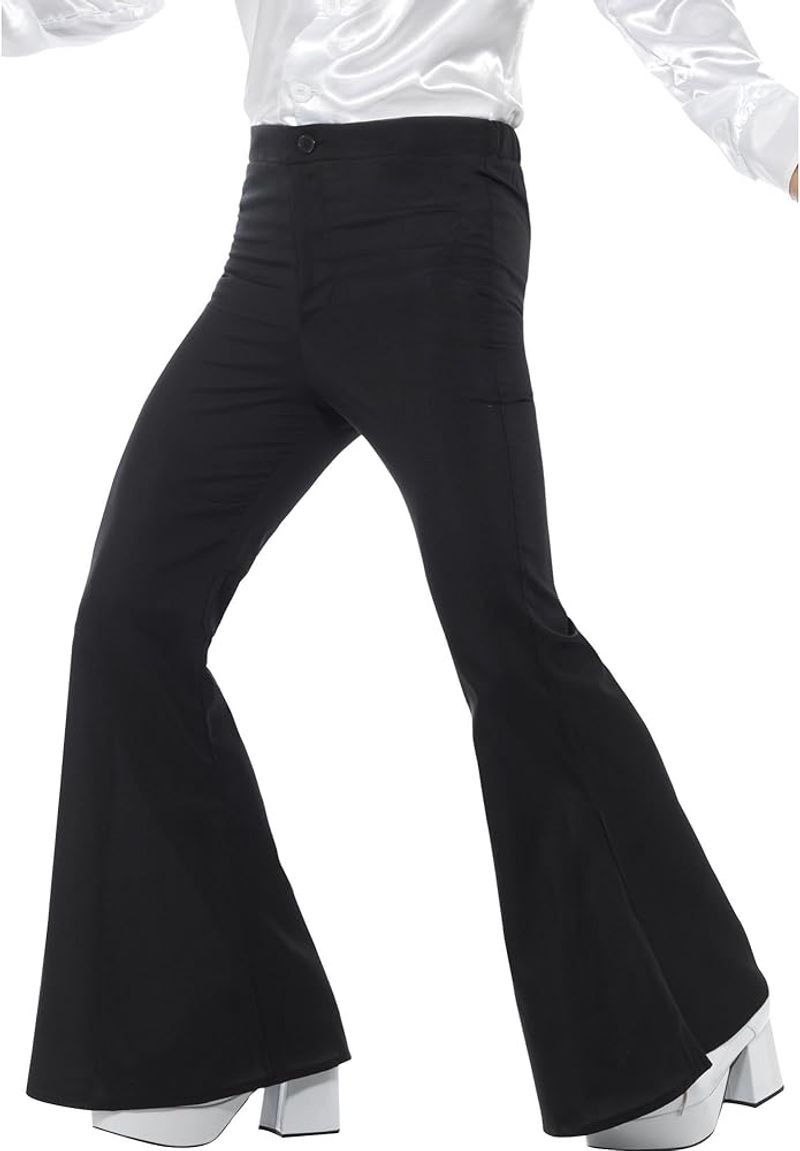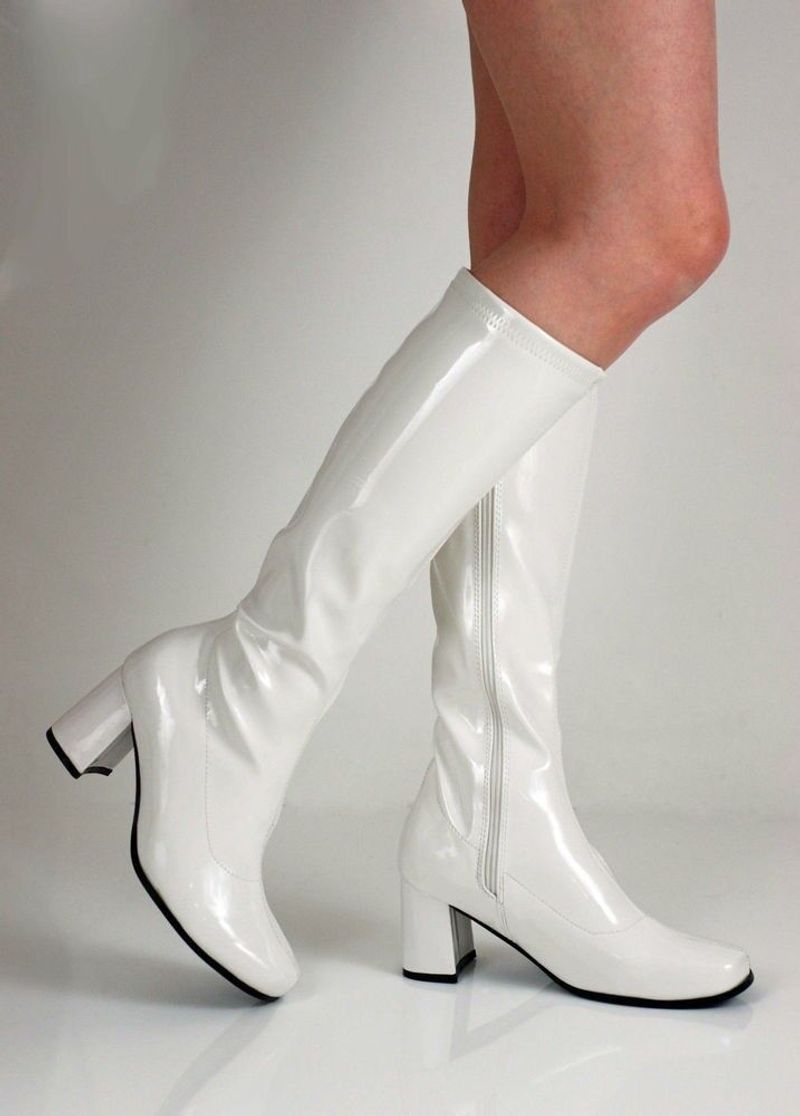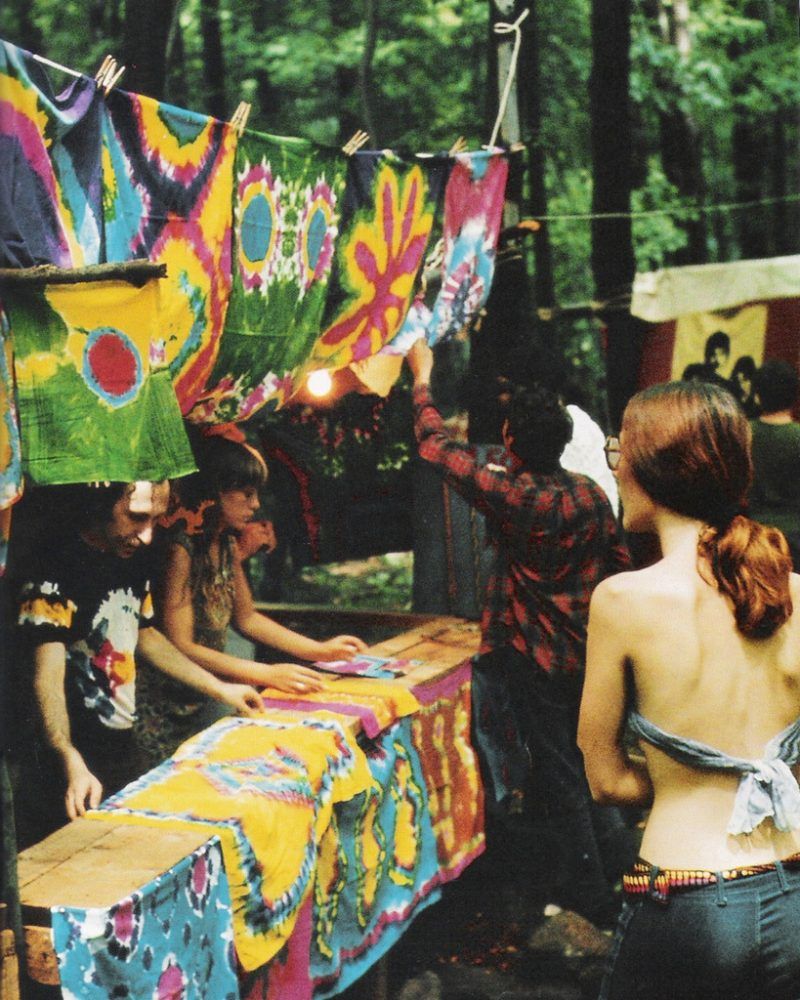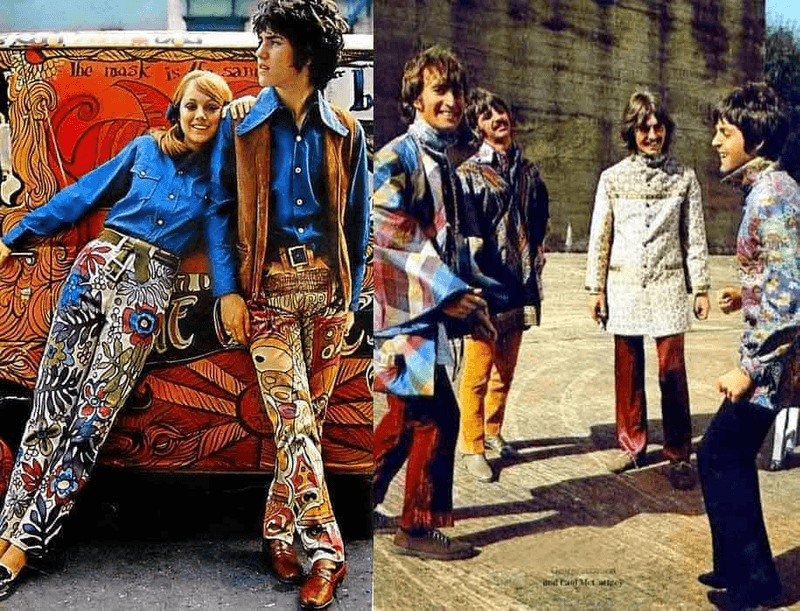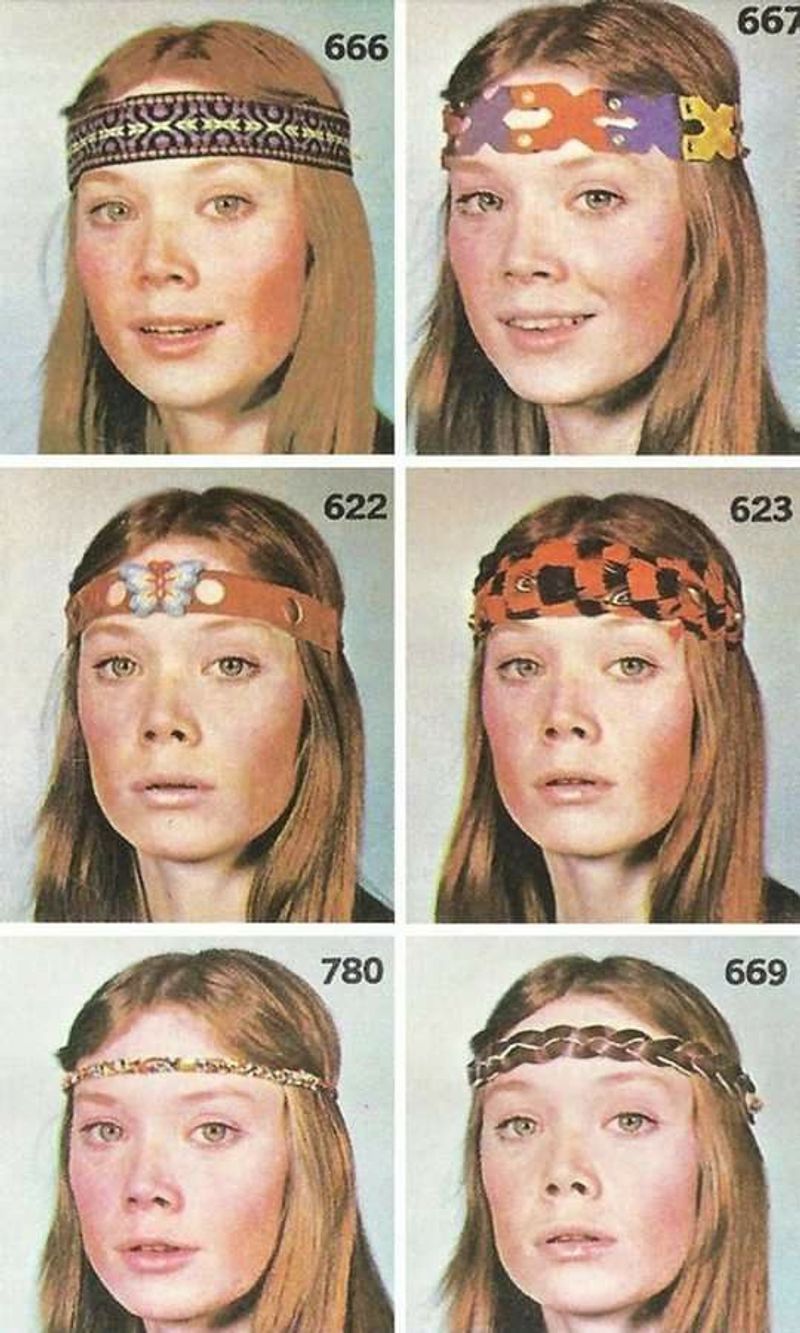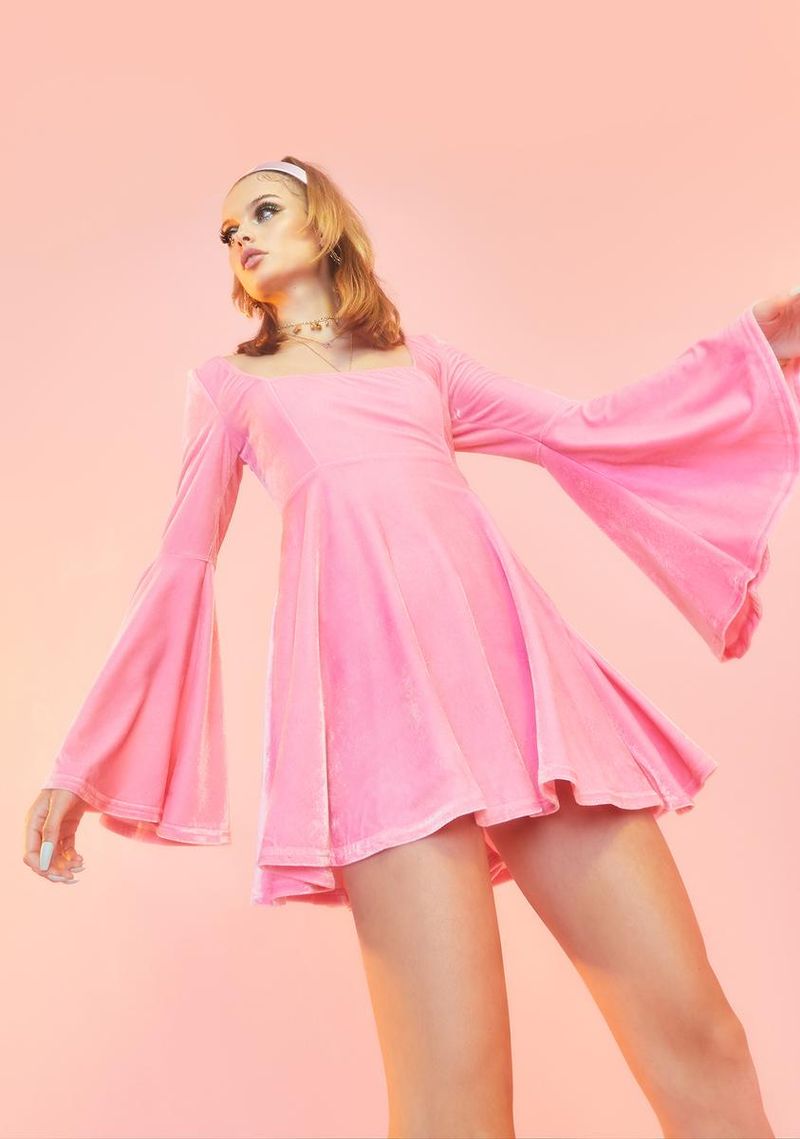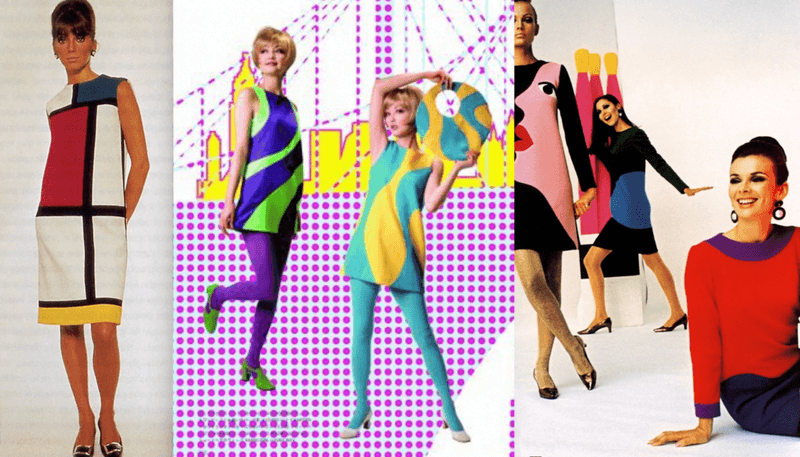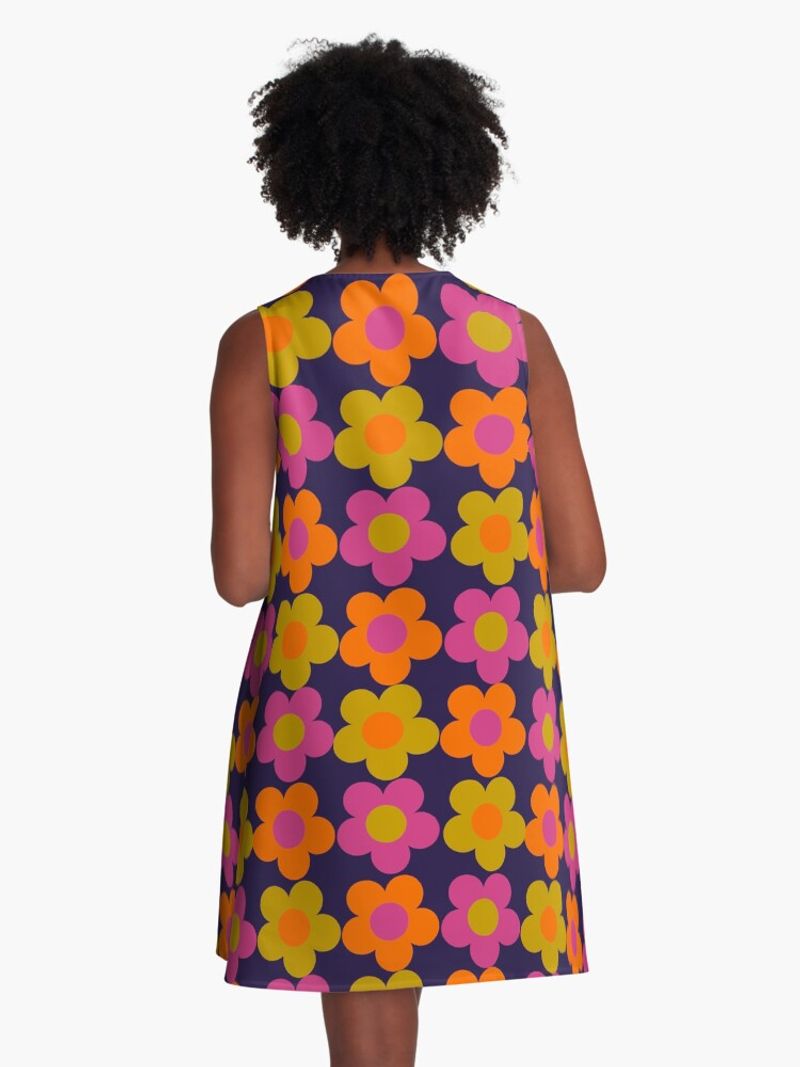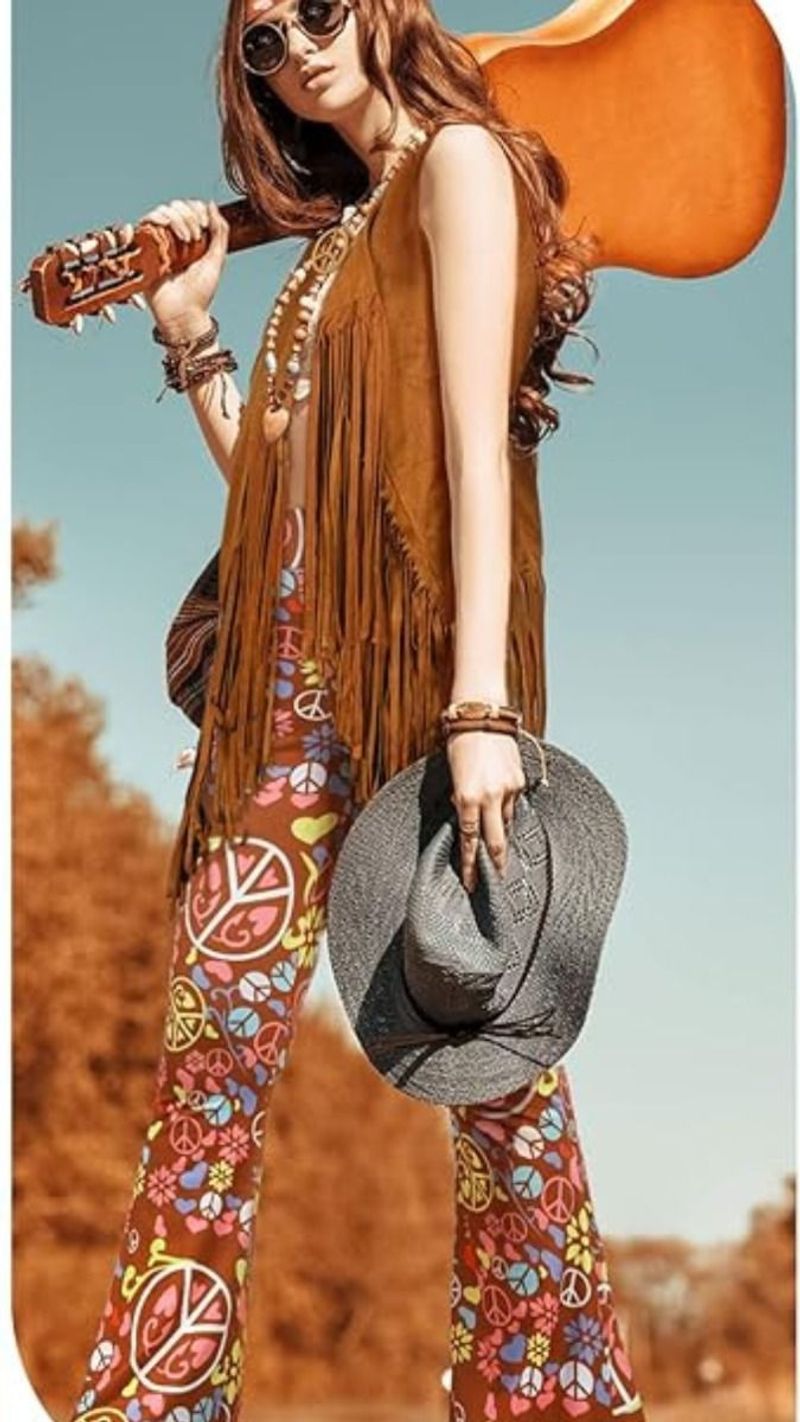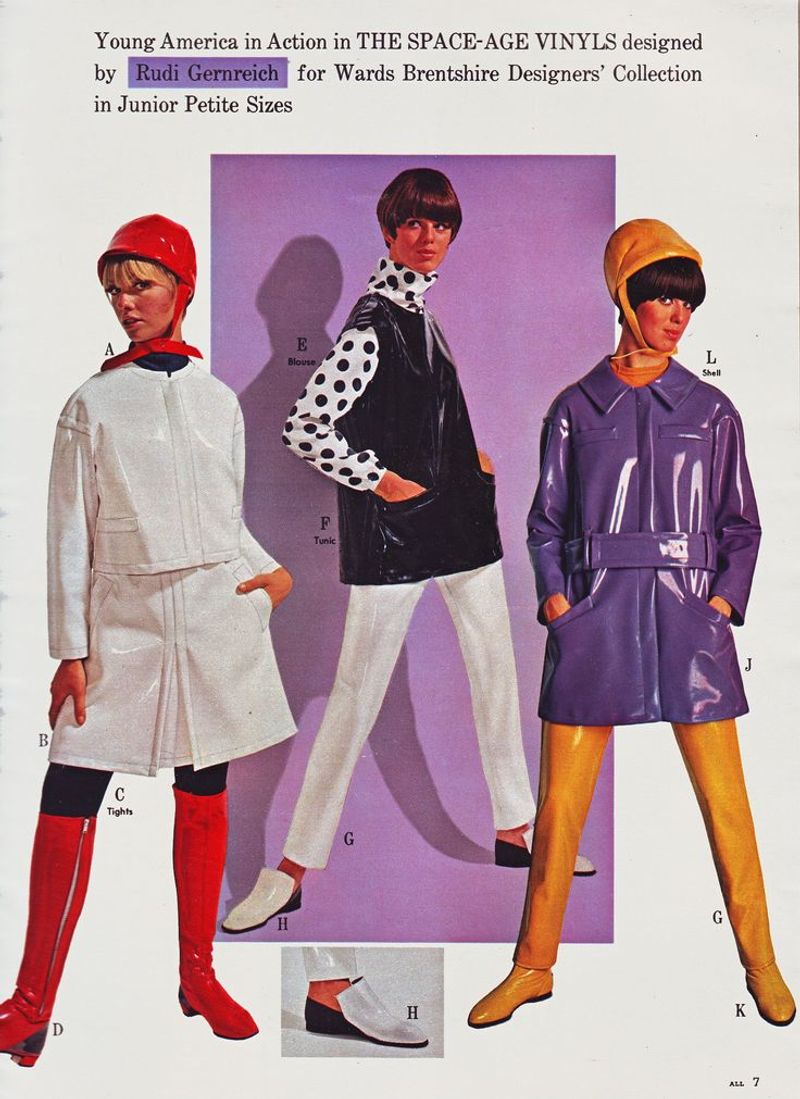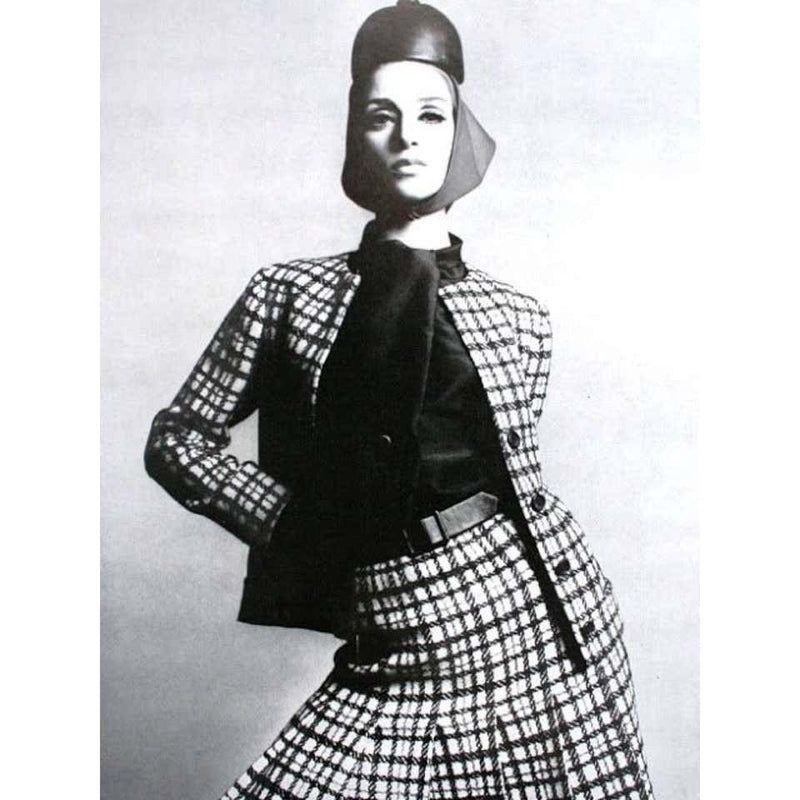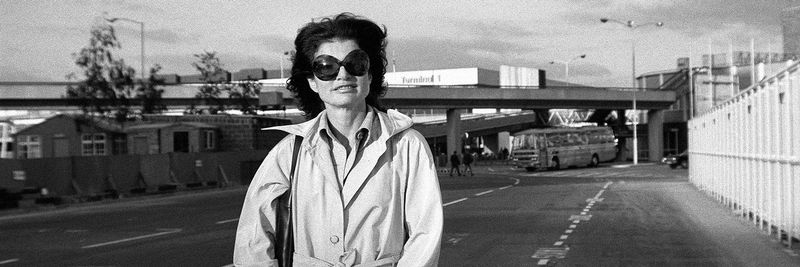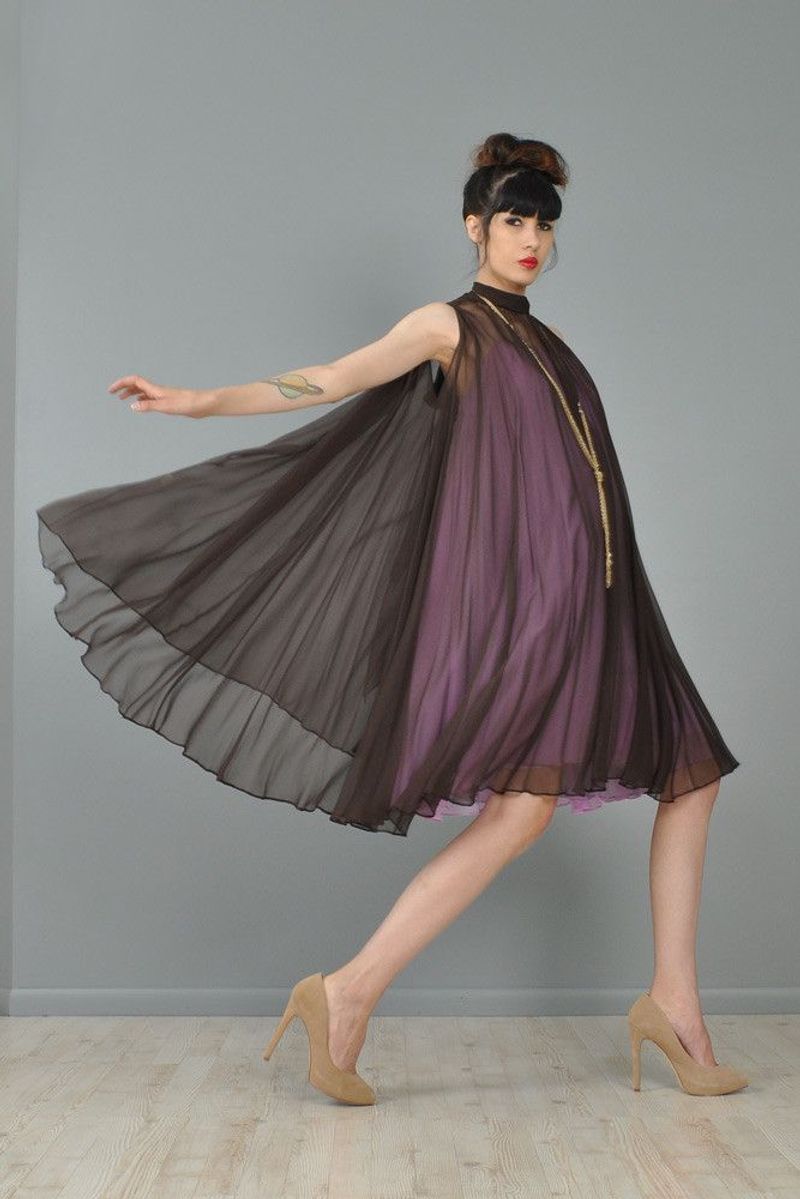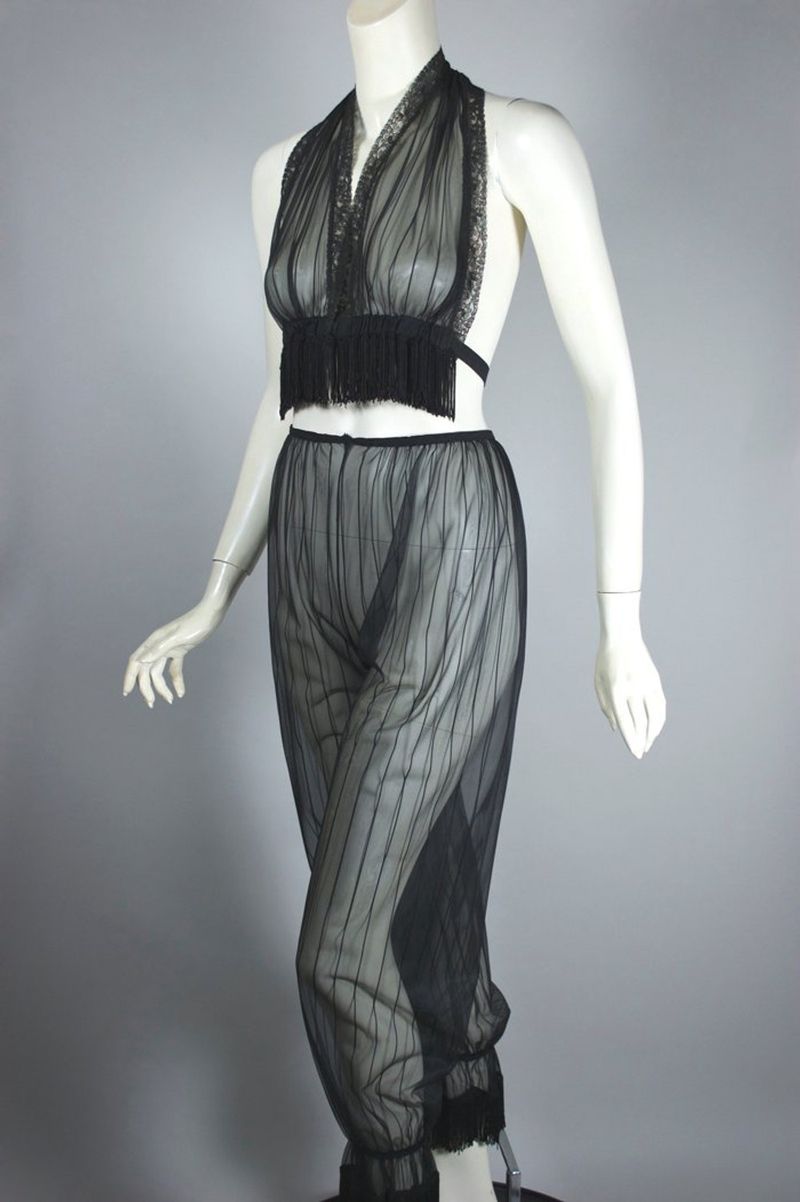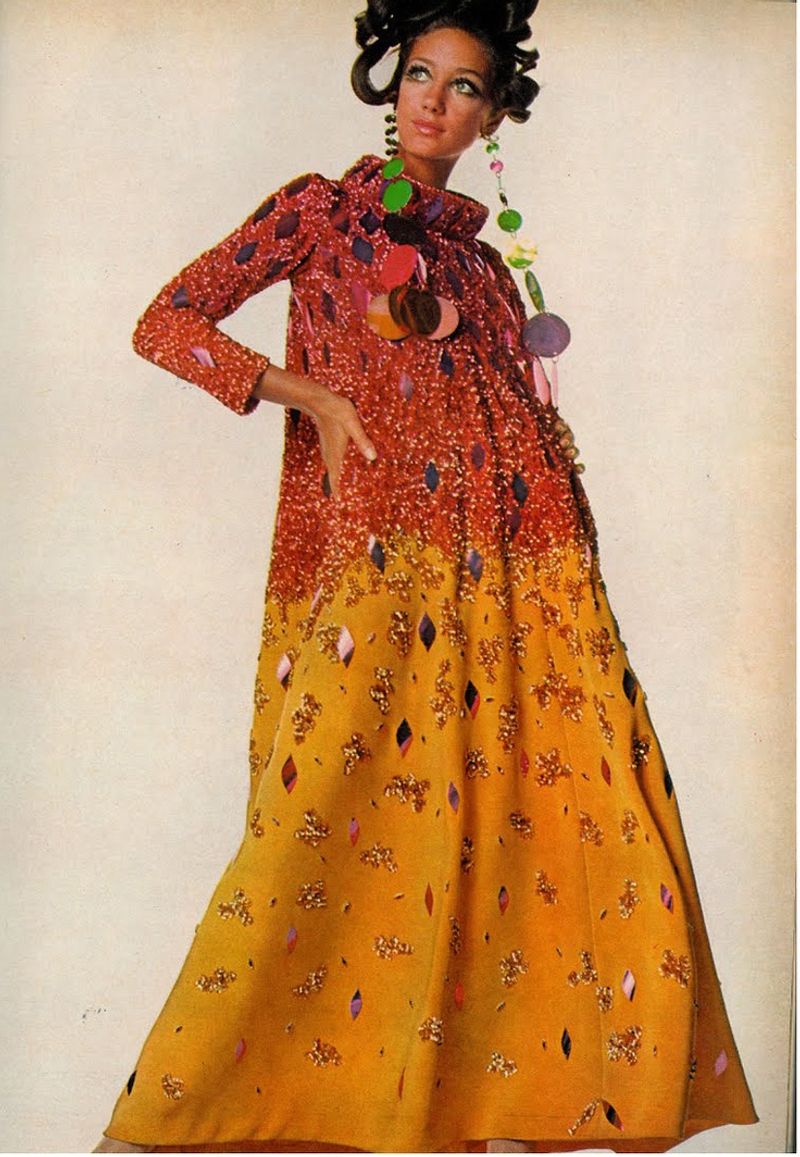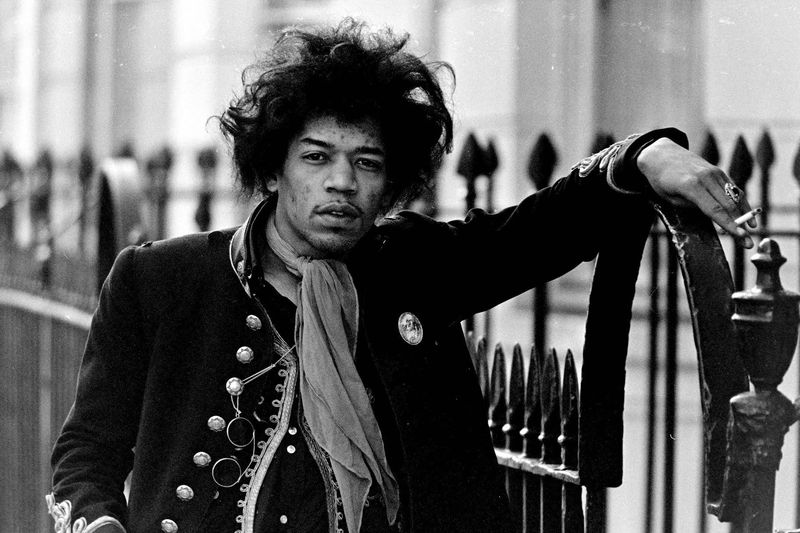The 1960s was a decade of revolution, experimentation, and bold fashion choices. Society was shifting, and so were wardrobes. Today, many of these trends would raise eyebrows and ignite debates. From audacious patterns to controversial cuts, the fashion statements of the ’60s were anything but subtle. Here’s a look at 19 provocative styles from that era.
1. Micro Minis
Micro minis were the epitome of daring style in the 1960s. These skirts were incredibly short, often skimming just below the hips. Society at the time was both shocked and captivated by this bold statement.
The mini skirt became synonymous with youthful rebellion and sexual liberation, a visual representation of women stepping away from traditional norms.
Today, such revealing attire might provoke discussions about modesty and decency, reflecting changing societal values.
Interestingly, the mini skirt was invented by British designer Mary Quant, who is often credited with pioneering this revolutionary fashion piece.
2. Psychedelic Prints
Vivid and swirling, psychedelic prints were everywhere in the 1960s. These mesmerizing designs were inspired by the psychedelic culture that was sweeping through music and art.
With colors that seemed to dance and move, clothing adorned with these prints became a statement of individuality and freedom.
Today, such garish patterns might be seen as overwhelming or garish, clashing with modern minimalist trends.
Fun fact: Psychedelic fashion mirrored the visuals experienced during hallucinogenic trips, making it a favorite among the counterculture youth of the time.
3. Flared Trousers
Flared trousers were a hallmark of ’60s fashion, offering an alternative to the straight-legged pants of previous decades. These trousers flared dramatically from the knee, creating a wider silhouette.
They were embraced by both men and women, symbolizing a break from rigid fashion norms.
In today’s fashion landscape, such exaggerated styles might be seen as impractical or theatrical.
This style was influenced by the hippie movement, which sought to reject conventional fashion and embrace a more relaxed, free-spirited look.
4. Go-Go Boots
Go-go boots, with their low heels and mid-calf height, were a dance-floor staple in the ’60s. Often white and shiny, these boots were designed for both style and comfort.
They became iconic thanks to their association with go-go dancers and the energetic music scene.
In today’s fashion world, such footwear might be criticized for its lack of practicality or as a relic of a bygone era.
Interestingly, go-go boots were originally designed for dancing, allowing for movement and expression on the dance floor.
5. Tie-Dye Shirts
Tie-dye shirts exploded in popularity during the 60s, embodying the spirit of creativity and nonconformity. Each shirt was unique, featuring a kaleidoscope of colors and designs.
This DIY fashion trend allowed individuals to express their artistic side and reject mass-produced clothing.
Today, such colorful chaos might be considered unrefined or juvenile.
The rise of tie-dye is closely linked to the counterculture movement, where young people sought to create their own identity outside of societal norms, often seen at music festivals and gatherings.
6. Peacock Revolution
The Peacock Revolution marked a significant shift in men’s fashion, embracing bold colors and extravagant designs. Men began to experiment with their wardrobes, opting for floral patterns, ruffled shirts, and velvet suits.
This flamboyant style was a rebellion against the conservative dress codes of the past.
Today, such ostentatious attire might be met with puzzlement or regarded as excessive.
This revolution in menswear challenged traditional gender norms, allowing men to explore a more expressive and artistic side of fashion.
7. Space Age Fashion
Space Age fashion took inspiration from the excitement surrounding space exploration in the 1960s. Designers used materials like metallic fabrics, plastic, and PVC to create out-of-this-world looks.
These futuristic designs were sleek and bold, resembling something astronauts might wear.
In today’s fashion scene, such styles might be seen as costume-like or impractical.
Space Age fashion captured the imagination of the public, reflecting the optimism and fascination with the future during the space race era.
8. Hippie Headbands
Hippie headbands were a symbol of the free-spirited counterculture movement. Often made from flowers, beads, or colorful fabric, they were worn across the forehead, defying traditional styles.
These headbands were a reflection of the era’s emphasis on peace, love, and harmony.
In contemporary fashion, such accessories might be dismissed as outdated or overly bohemian.
They represented a rejection of materialism and a desire to connect with nature, often seen at music festivals and communal gatherings.
9. Bell Sleeves
Bell sleeves were a dramatic and elegant touch to garments in the 1960s. These wide, flowing sleeves added a sense of movement and grace to dresses and blouses.
They were often paired with eclectic patterns and vibrant colors, making them a favorite among the fashion-forward.
Today, such voluminous designs might be criticized for their impracticality or seen as reminiscent of a bygone era.
Bell sleeves were influenced by the bohemian and hippie movements, symbolizing freedom and artistic expression.
10. Mod Fashion
Mod fashion was characterized by its clean lines, geometric patterns, and bold colors. This style was a favorite among the youth in London, symbolizing modernity and chic sophistication.
The mod look often included A-line dresses, knee-high boots, and sleek hairstyles.
Today, such stark and graphic designs might be considered too bold for everyday wear.
The mod movement was heavily influenced by the music scene, particularly bands like The Beatles, who epitomized this trendy and youthful style.
11. Flower Power Prints
Flower power prints were a vibrant expression of peace and love during the ’60s. These bold and colorful floral designs adorned everything from shirts to dresses, embodying the era’s utopian ideals.
Such prints were a staple among the hippie community, symbolizing a connection to nature and a rejection of materialism.
Today, such bold patterns might be seen as overly loud or dated.
The flower power movement was more than just a fashion statement; it was a cultural phenomenon that influenced art, music, and social attitudes of the time.
12. Bohemian Fringe
Fringe was a bohemian staple in the 1960s, adding texture and flair to jackets, vests, and bags. This playful element was often used to express a sense of wanderlust and freedom.
Fringe designs swayed gracefully with movement, catching the eye and adding drama to any outfit.
Today, such embellishments might be considered excessive or impractical for modern fashion.
Fringe was inspired by Native American attire and became a symbol of the counterculture movement, embracing a more natural and free-spirited lifestyle.
13. Vinyl Clothing
Vinyl clothing was a futuristic and daring choice in the 1960s, known for its glossy appearance and bold texture. Designers used vinyl to create eye-catching jackets, skirts, and pants.
This material gave outfits a modern and edgy feel, often seen in vibrant colors.
Today, such shiny attire might be viewed as uncomfortable or overly flamboyant.
Vinyl fashion was part of the space-age trend, reflecting society’s fascination with new materials and technology during the era of scientific innovation and exploration.
14. Monochrome Checks
Monochrome checks were a striking choice for those wanting to make a bold statement in the ’60s. These black and white patterns were often used in suits, dresses, and accessories.
The high contrast created a visual impact, encapsulating the mod aesthetic.
Today, such stark patterns might be seen as jarring or too formal for casual wear.
This trend was part of the broader modernist movement in fashion, embracing simplicity and a futuristic outlook, resonating with the era’s love for clean lines and minimalism.
15. Oversized Sunglasses
Oversized sunglasses became a chic and practical accessory in the 1960s. These bold frames offered ample sun protection while adding a glamorous touch to any outfit.
The larger-than-life designs were favored by celebrities and fashion icons, becoming a symbol of style and sophistication.
In today’s fashion, such exaggerated eyewear might be seen as impractical or purely for show.
Oversized sunglasses were popularized by figures like Jackie Kennedy, who turned them into a must-have fashion statement, embodying elegance and mystery.
16. Trapeze Dresses
Trapeze dresses offered a playful and comfortable alternative to fitted styles in the 1960s. These dresses flared out from the shoulders, creating a loose and airy silhouette.
They were perfect for dancing and moving freely, capturing the era’s carefree spirit.
Today, such voluminous shapes might be considered too casual or unstructured for formal occasions.
The trapeze dress was introduced by designer Yves Saint Laurent, who celebrated the freedom and movement it provided, aligning with the shifting social dynamics of the decade.
17. Sheer Fabrics
Sheer fabrics were a daring choice in the ’60s, allowing for a glimpse of skin beneath. These see-through materials were used in blouses and dresses, adding a touch of allure.
This trend pushed the boundaries of traditional modesty, reflecting a more liberated view of fashion.
Today, such revealing garments might be considered inappropriate for certain settings.
Sheer fashion was part of the broader sexual revolution, where clothing became a tool for self-expression and challenging societal norms about femininity and propriety.
18. Maxi Dresses
Maxi dresses were embraced for their comfort and elegance in the 1960s. These long, flowing garments were often adorned with vibrant patterns and colors.
They offered a relaxed fit, perfect for leisurely days and cultural events.
Today, such extensive fabric might be seen as cumbersome or overly casual for some occasions.
The maxi dress became a favorite among the bohemian crowd, embodying the era’s desire for freedom and natural beauty, often seen at music festivals and art gatherings.
19. Military Jackets
Military jackets became a fashion statement in the 1960s, reflecting the era’s political climate and anti-establishment sentiments. These structured jackets often featured brass buttons and epaulettes.
They were worn by both men and women, adding a rebellious edge to outfits.
Today, such militaristic attire might be seen as controversial or overly aggressive.
This trend was influenced by the counterculture movement, where fashion became a form of protest and a way to comment on the social and political issues of the time.
